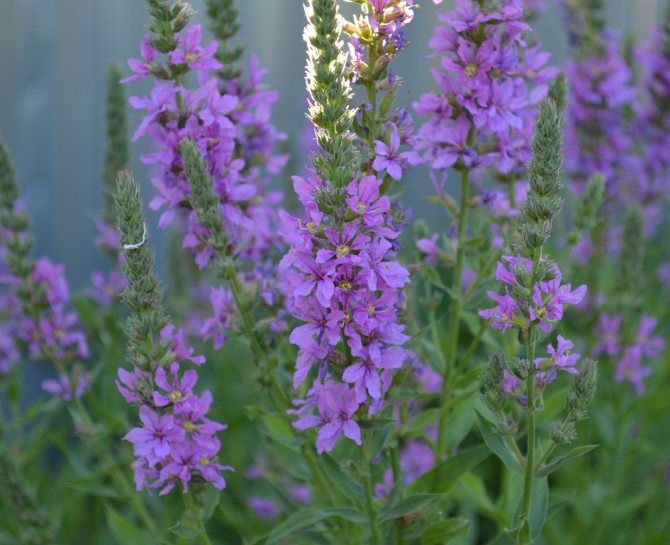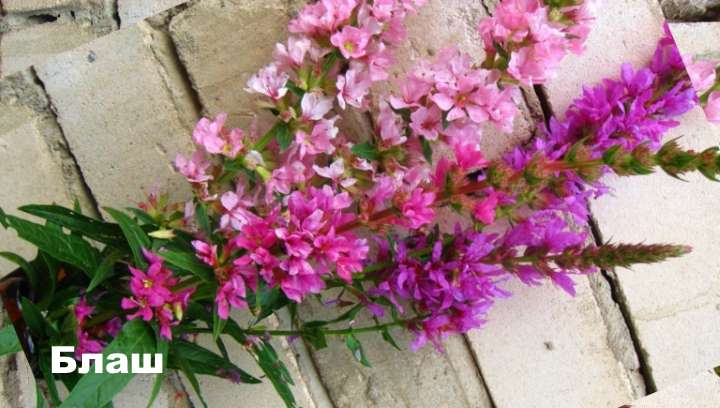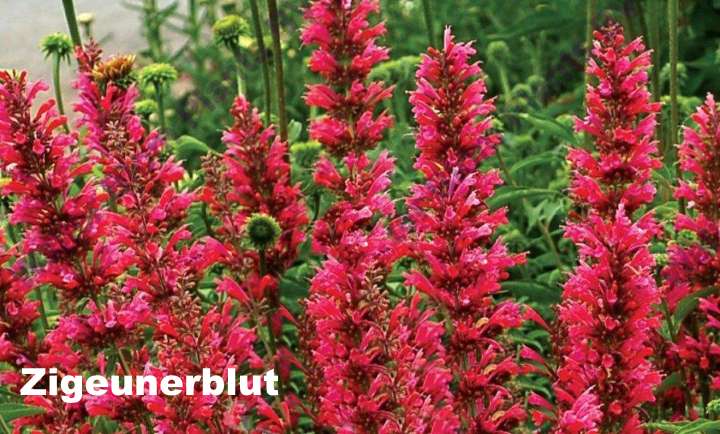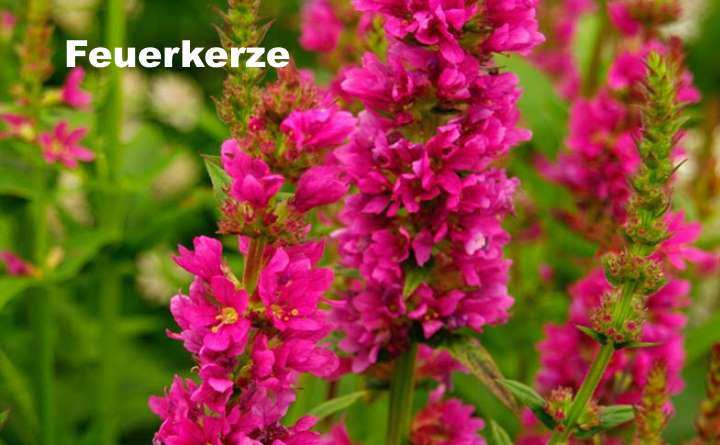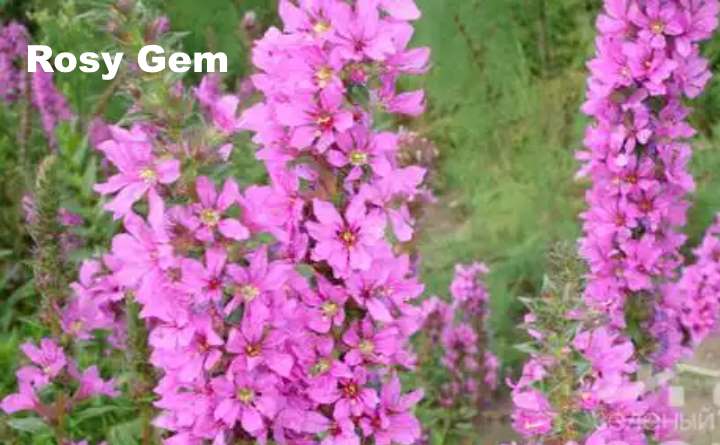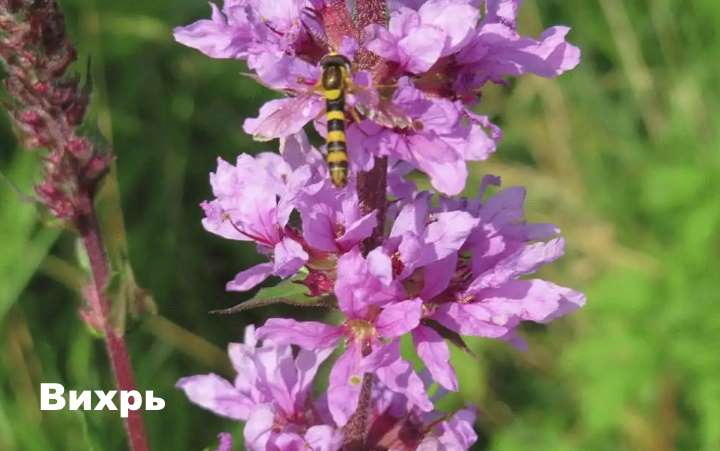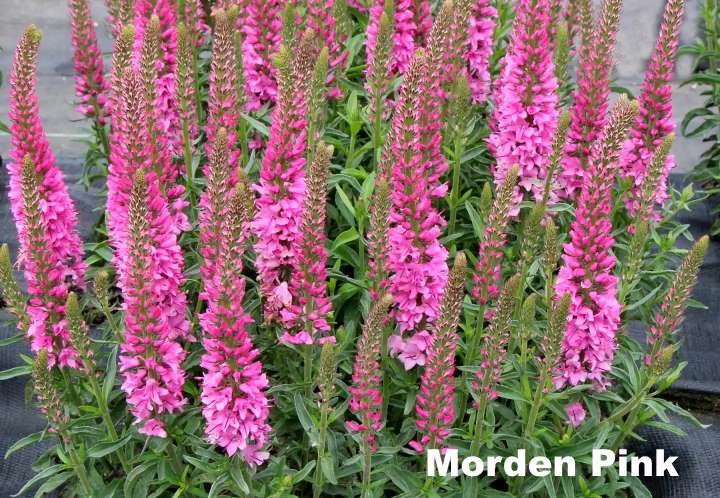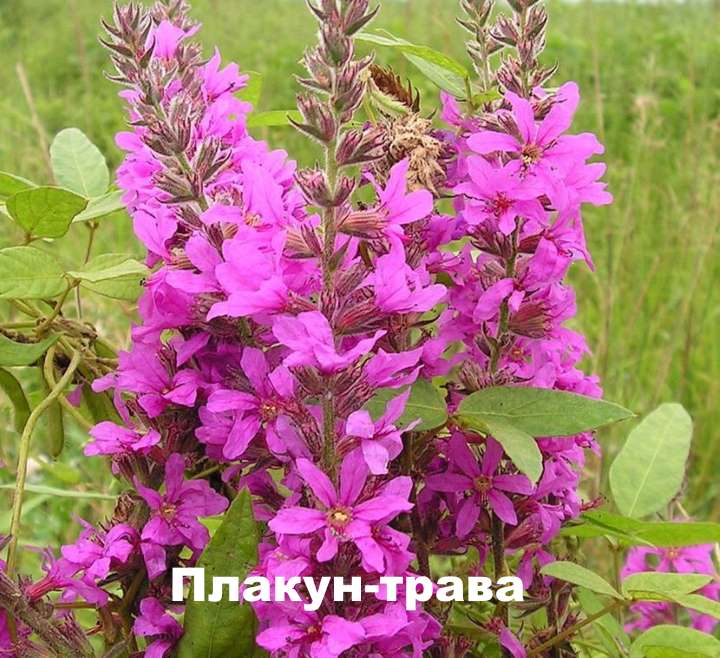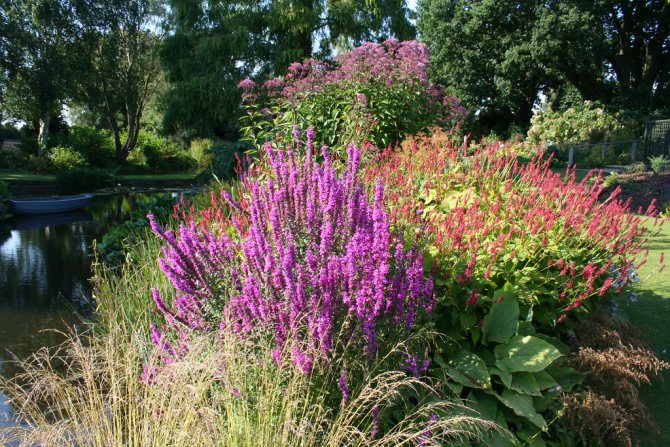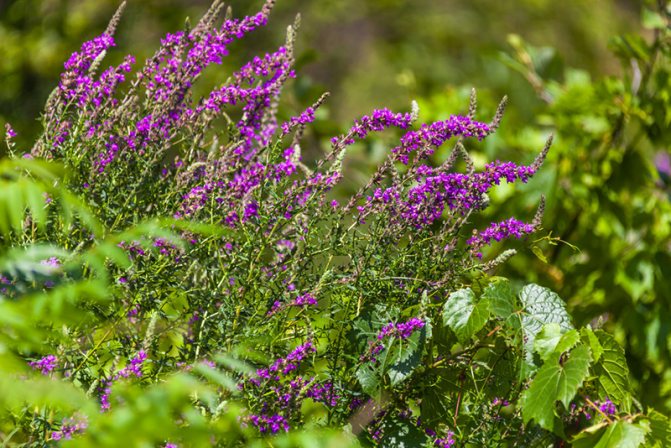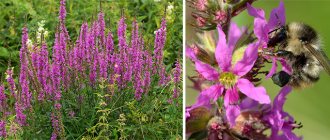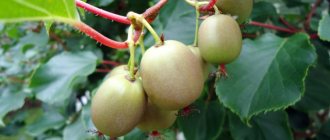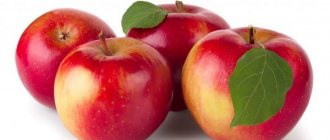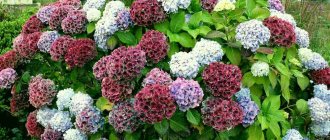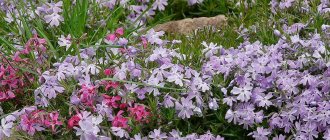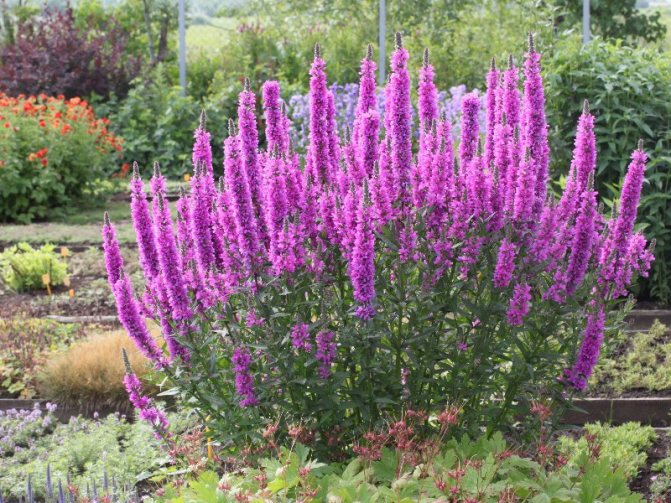
The decorative loosestrife is notable for its unpretentious care, is excellent for our climate and is widely used in landscape design. These plants can be easily planted in flower beds, alpine slides and rockeries, decorating the territory of a summer cottage and a private house. Today, there are various hybrids of loosestrife, which differ in shrub size, flowering period and the appearance of the buds.
Description of the plant
The loosestrife is a perennial plant that has a long flowering time, excellent frost resistance and ease of care. In its natural environment, this species lives along the banks of rivers and lakes, in swamps, and occurs in wet flooded meadows. Due to its excellent decorativeness, this plant is successfully used in landscape design, and the choice of both full-size varieties and dwarf hybrids allows gardeners to easily decorate a small flower bed or make a full-fledged living composition based on this plant.
Today, there are about a dozen different varieties of loosestrife, which differ in the color of the buds and the size of adult plants. The following varieties received the largest variety:
- Loosestrife Robert. A spectacular bright flower, the height of which usually does not exceed 60 centimeters. The peculiarity of Robert's loosestrife is a bright red hue at the buds and a long flowering period.
- Loosestrife "Pink Pearl" grows up to 120 centimeters, has an even stem with a dense spike-shaped inflorescence. Pink pearls bloom with bright purple flowers, are winter-hardy, with appropriate feeding and proper care, they can live in one place for several years.
- Feuerkertz. A variety of German breeding, which is distinguished by the duration of flowering and pink-red bright flowers. Plants of this variety grow up to 180 centimeters in height.
- Blush. Differs in compact size, small inflorescences with pale pink flowers. The cultivation of the Blash loosestrife is not difficult, therefore it is recommended to all owners of private houses, summer residents and gardeners.
- Loosestrife "Pink gem". One of the most beautiful varieties with bright pink flowers, long flowering period and excellent decorative effect.
All varieties and hybrids of willow loafer are distinguished by a long flowering period, unpretentious care and frost resistance. A flower can grow in flower beds, small tubs, they are often decorated with the banks of decorative reservoirs in personal plots.
What types and varieties are there?
There are about 30 varieties of the plant. For horticulture, the most favorable are the willow and twig-shaped loosestrife, which are grown both in the adjoining plots and in specialized farms. Rod-shaped representatives of the loosestrife in their decorative properties practically do not differ from willow analogues, but they have smaller sizes - in particular, they rarely exceed 120 cm in height.
In turn, willow weaver also has several popular varieties, including Swirl and Blush. In the first case, shrubs are organically combined with roses and dahlias.This is facilitated by bright red shades that bring rich tones to flower arrangements. No less remarkable is the willow loaf of the Blush variety. The inflorescences of such bushes are distinguished by pale pink shades and bring a contrast to the plantings with a predominance of aggressive flowers.
Planting and breeding
Growing this plant is not particularly difficult. The loosestrife prefers blown sunny areas, but at the same time it grows well in partial shade. The soil for planting should be nutritious, light and moist. But in dense, dry and organic soil, this decorative culture will not grow.
Shade-loving plants: what flowers to plant in a shady garden
Saplings or separated rhizomes should be planted in well-fertilized soil, to which two or three buckets of peat or humus are added per square meter of the plot. Such organic matter will supply plants with all the necessary nutrients and subsequently help preserve life-giving moisture in the soil.
Planting of plants is carried out according to the standard scheme:
- The distance between the bushes should be at least 50 centimeters.
- The loosestrife is planted in the holes, at the bottom of which organic fertilizers are laid.
- After planting, the plants are watered abundantly and covered with mulch to retain moisture in the soil.
The propagation of loosestrife and its hybrids can be done in various ways. The most popular are planting by seeds and dividing the bush.
Planting by seeds
In specialized gardening stores, you can find a variety of seeds of all kinds of loosestrife hybrids that can be easily planted in your garden. Using high-quality planting material, it will be possible to grow strong ornamental plants, while the gardener will be completely confident in their variety.
In order for the plants to bloom in the first year after planting, gardeners practice seedling growing... Seedlings planted at home in March are transferred to open ground after two to three months.
Seedlings will require the simplest care, including maintaining the temperature at a level not lower than 18 degrees, regular spraying from a spray bottle and thinning the plantings. Also, the surface layer of the soil should be loosened regularly, which will avoid drying out of the soil, which is poorly tolerated by young plants. After the seedlings have three full-fledged leaves, the seedlings are picked and planted in separate cups. Seedlings can be transplanted into open ground as soon as the May frost has passed.
Making a flower bed of perennials with your own hands
It is possible to directly plant seeds in fertile soil, which makes it possible to significantly simplify the care of plants. In this case, a loose-leaf plant is planted in open ground in early spring or in the month of October. Flowering with this cultivation technique begins in the second year after planting.
Dividing the bush
The easiest way to propagate this culture is to divide the bush, which can be done from early spring to late autumn. Large rhizomes are separated with an ax or a shovel. Each division should have strong roots and several points of growth. But small shoots, on which the root system is just forming, should not be separated, since such plants after transplantation will hurt for a long time, and it will be problematic to get the necessary decorative effect from them.
After planting, the flower garden should be watered abundantly, and after 5-7 days, fed with organic matter and mineral flower fertilizers. The planted divided rhizomes will not require more care from the gardener.
Loosestrife in flower beds
The plant can be used in various mixborders, the loosestrife goes well with phloxes, astilbe, daylilies, dahlias, monards, geleniums, stethosis, tradescantia and cereals.Foxglove, irises, delphinium, aconite, goldenrod, lemon balm, hyssop and rudbeckia can make a good company in the beds of plakun-grass. The loosestrife has a special charm in ceremonial compositions with roses.
As you can see, the loosestrife grows into a fairly voluminous bush and gives abundant self-seeding. In a garden of a free, natural style, this behavior of the plant is welcome, but if the growth of plakun-grass throughout the site is undesirable, you should monitor the inflorescences and remove wilted specimens in time. And since it easily sprouts in nature, then you can quite easily grow a loosestrife from seeds at home, and decorate your sunny flower beds with this magnificent honey plant.
Caring for a decorative loosestrife
The looser will not require any complex care. Even novice summer residents-gardeners can cope with the cultivation and reproduction of this culture. You just need to provide the following:
- Water the flowers regularly.
- Pruning shrubs.
- Apply fertilizer.
- Treat against insect pests and diseases.
Particular attention will need to be paid to the regularity of watering, since these flowers do not tolerate drought well, losing their attractiveness. Ideally, watering the weeping grass is required every two to three days. Helps in moisture retention mulch, which is made from sawdust, peat or other organic matter.
Goat's rue: where the grass grows, the properties of the plant
It is possible to ensure the maximum possible decorativeness of the loosestrife only with additional feeding of this culture. The gardener will need to both regularly introduce organic matter in the form of humus and light solutions of chicken manure, and feed the plants with mineral fertilizers that do not contain nitrogen. Such complex mineral compositions are best used even before flowering, which will ensure vigorous growth and excellent decorative effect.
This culture is prone to thickening, therefore, to prevent unwanted overgrowth of bushes, you should regularly cut the loosestrife, doing this work in autumn and spring. In summer, sanitary pruning is allowed, during which damaged and dried shoots are removed. It is possible to form the bushes by pruning in the spring, while the plants take any shape, which allows them to be used in various flower arrangements as a background or as the main crop.
How to plant a loosestrife?
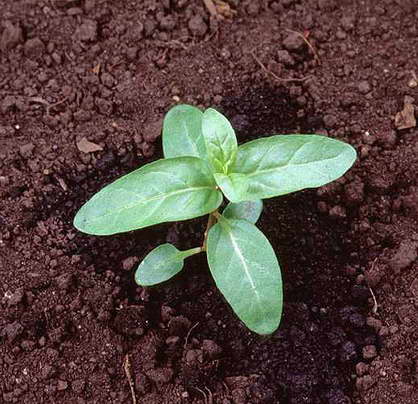

How to plant a loosestrife in open ground photo
It is recommended to fertilize the soil before planting the plants. You can apply organic fertilizers to the entire area before digging or directly into the hole, just before planting the plants.
- Leave the distance between the holes within 35 cm when planting seedlings and about 50 cm when propagated by rhizomes. Next, it is necessary to water the planting sites abundantly.
Over the years, the bright and lush loosestrife bushes will delight the eye. This plant does not need replanting, splitting or rejuvenating the shoots. It is necessary to plant the weeping grass only when the bushes become very thick. If you need to decoratively form a flower bed or change its design, then you can cut the bushes and young shoots of the loosestrife several times a year. Sometimes it is necessary to remove old plants that have already lost their decorative effect.
Use in landscape design
Due to its unpretentiousness, ease of care and excellent decorativeness, this plant is widely used in landscape design. The following compositions look impressive:
- With tansy and various umbrella flowers, you can create a vibrant flower garden with plants of various sizes.
- Various mikboxers made on the basis of loosestrife are popular with designers. The composition can be performed with phlox, seven-headed, various cereals. Such an original flower bed will decorate every household plot.
- Along decorative ponds, plakun-grass can be planted along with loosestrife and Siberian iris.
Growing Chinese Schizandra, planting, pruning and care
The gardener only needs to be aware of the growth rate of this crop, so the loosestrife can suppress other flower crops over time. It is imperative to thin out the plantings and divide the rhizomes, thereby restraining the growth of this plant.
The loosestrife is a perennial ornamental plant that is winter hardy and easy to care for. Currently, you can find various varieties and hybrids of this culture, which are popular with gardeners and are used in landscape design. Planting and caring for a loosestrife does not present any difficulty, which will allow, with a minimum of attention, to carry out a bright beautiful flower bed and a flower garden on the site.
Conditions for growing loosestrife


Loose deer in landscape design photo
Loosestrife, or weeping grass, can grow in almost any conditions. But he prefers bright sun and a lot of moisture. Derbennik loves to grow in open or slightly shaded areas near ponds or wells. This perennial will adorn any decorative stream, fountain and other places close to water. The loosestrife can withstand up to 30 cm of flooding. This plant, even in the heat, is not afraid of excess moisture. At the same time, some time of summer drought is not at all scary for the loosestrife.
But if there are no "wet" places nearby, the loosestrife can be planted in a regular flower garden with sufficient watering.
The situation with the choice of soil is a little more complicated. Placun grass will grow well in light nutritious soil, but a very dry, loose or dense mixture will not work for it. That is why they try to plant the loosestrife near the water.
Types of willow loosestrife
Diseases and pests
The loosestrife has good immunity to pathogens. Pest insects also do not particularly like him. Aphids can be noted as the most common pest of loosestrife in our latitudes. Since the loosestrife is a valuable melliferous plant - bees especially love it, so as not to harm bees, bumblebees and other pollinators, wash off the aphids with water from a spray bottle with the addition of laundry soap. Or use folk methods of struggle: decoction of onion peels, tomato tops, infusion of garlic or tobacco.
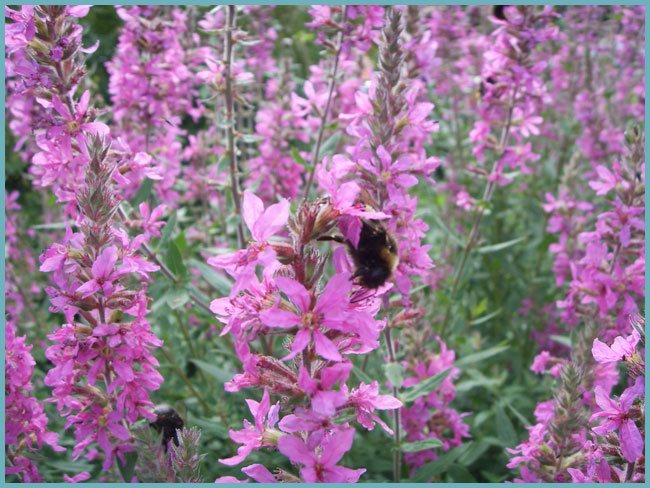

Loosestrife is resistant to disease
The loosestrife looks good in the background of flower beds, at the entrance to the site, they can cover an unsightly fence. It goes well with other plants. It blooms for a long time and does not lose its decorative effect. A tall and brightly blooming bush is simply impossible not to notice.
Loosestones properties: video
Blossoming loosestrife: photo
Medicinal properties
Despite the fact that the medicinal properties of plakun grass are not recognized by official medicine, it is often used as a folk remedy for many ailments.
True, you can't find a loosestrife on sale, so it's best to collect it yourself in order to get a very effective remedy - a decoction and juice of fresh pulp.
But, pay attention to the fact that the abuse of plakun-grass and taking "for prevention" in large quantities can adversely affect the general condition of the body, especially when it comes to water decoctions from the roots and stems.
The effect of this plant on the human body has not been fully studied, but it has been proven that its organs contain a large amount of active substances and vitamins.
The biggest advantage of the loosestrife is that it is an excellent honey plant. During the warmer months, its flowers give off a large amount of nectar, which attracts bees and other insects. Derbennik honey has a deep amber color and tart taste. It differs from other species in a particularly bright aroma.
Anglers also know plakun-grass as a source of the tannin contained in the juice; nets are impregnated with it to prevent decay.
In industry, loosestrife roots are used for tanning and dyeing natural leather red. Many pastry chefs use the plant's bright purple or pink flowers as a food coloring, which also has excellent medicinal properties.
One of the beneficial substances contained in essential oil and resins, and with tanning properties, is saponin. It has astringent and anti-inflammatory properties.
Especially careful with folk recipes, which include parts of the plant, people with increased blood clotting need to be. Also, remember that the abuse of tannins can lead to powerful intoxication of the whole body.
The flowers and leaves of the loosestrife contain a decent amount of phenolacarboxylic acid and vitamin C.
Broths are used as an analgesic, wound healing, anti-inflammatory and astringent. It is also a very strong diuretic. Decoctions are also useful for intoxication, for example, alcohol. In folk medicine, it is an excellent remedy for hangover.
For diarrhea and gastrointestinal diseases, for example, gastritis and dysentery, folk medicine also uses loosestrife with excellent healing properties. Decoctions also help with colds, fever and diseases of the genitourinary system. Raw materials and pulp of plakun grass are an excellent remedy for avoiding symptoms of toxicosis and migraine headaches.
A brief description of the features of the loosestrife
Willow loosestrife is a perennial herb with unusually beautiful small pink flowers, abundantly covering the entire loosestrife bush.
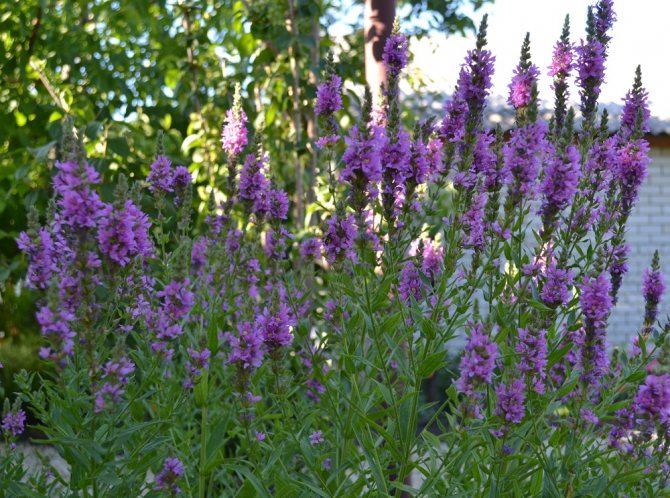

In addition to the good decorativeness of this plant, which is perfectly combined with any elements of garden decor, plakun grass (also called loosestrife) is also famous for its unpretentiousness and endurance. Indeed, in nature, this beautiful perennial bush grows in the most unpretentious places, along swampy and waterlogged places.
Another feature of this plant is long flowering, and with abundant moisture, a second flowering is possible, which lasts until the first frost. If you are fond of planting various grains and herbs in your garden, the loosestrife should definitely be in your collection.
The loosestrife does not lose its attractiveness for decades. This forest plant, which appeared in our gardens, does not require periodic replanting and rejuvenation.
